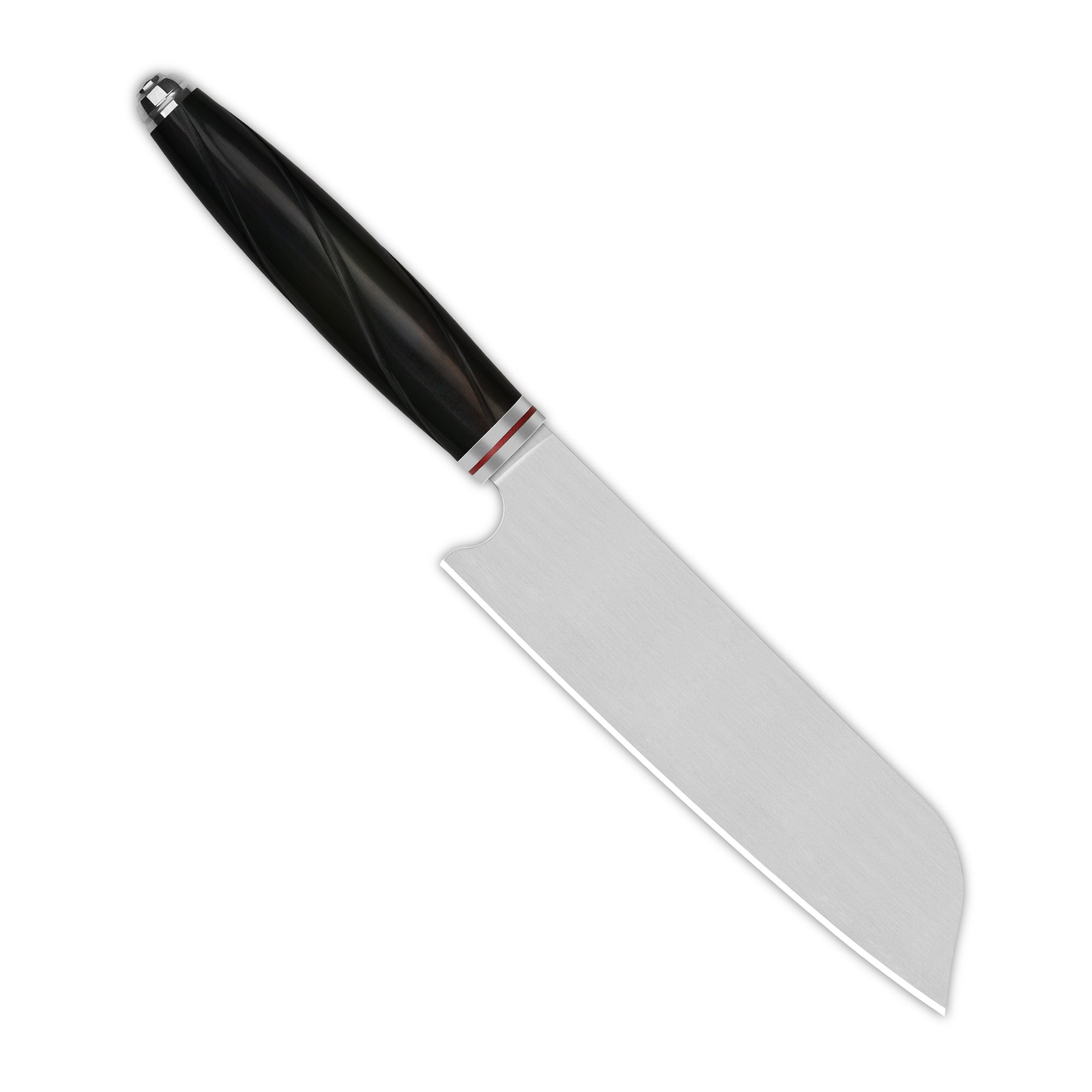Unlock the Secrets of Boning Knives: Master the Art of Precision Cutting!
In the world of culinary arts, precision is key, and one tool that embodies this principle is the boning knife. This specialized knife is essential for anyone serious about cooking, whether you're a home chef or a professional. With its distinct blade design, the boning knife allows for intricate work, particularly when it comes to deboning meat and filleting fish. Understanding the nuances of this tool can elevate your cooking skills and enhance your culinary creations. In this article, we aim to explore the uses, features, and practical tips related to boning knives, ensuring that you are well-equipped to make the most of this essential kitchen weapon.

Understanding Boning Knives
A boning knife is a specialized kitchen tool designed primarily for removing bones from meat, poultry, and fish. Unlike a standard chef's knife, a boning knife typically features a long, thin blade that is both flexible and tapered, allowing for precise maneuverability around bones and joints. The blade generally ranges from 5 to 7 inches in length, striking a balance between control and reach. The flexibility of the blade is particularly crucial; a stiffer knife may struggle to navigate the contours of a fish fillet or the delicate structure of a bird, while a more flexible blade can bend around bones more easily. This unique combination of length and flexibility makes the boning knife a go-to choice for tasks that require finesse and accuracy in the kitchen. My friend, a culinary student, often raved about how a good boning knife transformed her filleting technique, allowing her to create beautiful presentations with ease.
Uses of Boning Knives
Boning knives serve a myriad of purposes in the kitchen, making them invaluable for culinary enthusiasts. The primary use of a boning knife is to debone meat, which can include everything from removing the backbone of a chicken to extracting the bones from a tenderloin of beef. This skill not only enhances the presentation of the dish but also allows for more efficient cooking and portioning. Additionally, boning knives are exceptional for fish preparation; their flexibility enables chefs to glide along the spine of the fish, ensuring that they can remove bones with precision. Trimming fat and sinew from cuts of meat is another common task where a boning knife shines. For instance, when preparing a rack of lamb, a boning knife can help achieve a cleaner cut, resulting in a more appealing dish. I've witnessed my uncle effortlessly debone a whole fish using his trusty boning knife, demonstrating the tool's practical applications and the artistry involved in cooking.
Features to Look for in a Boning Knife
When selecting a boning knife, various features can significantly impact your cutting experience. The blade material is one of the most critical factors; high-carbon stainless steel is often preferred for its sharpness and durability. This material retains its edge longer than softer steels, reducing the frequency of sharpening. Another important consideration is the handle design. A comfortable, non-slip grip is essential, especially during extended periods of use. Ergonomics play a vital role, as a well-designed handle can reduce fatigue and provide better control. The length of the blade also varies, with shorter blades offering increased precision for intricate tasks, while longer blades can handle larger cuts of meat. Ultimately, the right combination of these features will enhance your performance and confidence while using the knife. A friend of mine swears by a particular handle style, claiming it feels like an extension of her hand, allowing her to work with greater ease.
Tips for Using and Maintaining Boning Knives
To make the most of your boning knife, proper technique and maintenance are crucial. When using the knife, always ensure that you maintain a stable cutting board to avoid accidents. A smooth, fluid motion is key; angle the blade appropriately to allow it to follow the contours of the meat or fish. Safety should never be overlooked—always cut away from your body and keep your fingers out of the blade's path. After using your boning knife, cleaning it properly will prolong its lifespan. Hand washing with mild soap is recommended, as dishwashers can dull the blade. Regular sharpening is also essential; a well-maintained edge makes cutting not only easier but safer. My experience in various kitchens has shown that a freshly sharpened boning knife can make a world of difference, transforming a daunting task into a seamless process.
Mastering the Boning Knife
In summary, the boning knife is a vital tool in any kitchen, providing the precision and control necessary for a variety of culinary tasks. From deboning meat and filleting fish to trimming fat, its unique features and applications make it indispensable for both novice and experienced cooks. By understanding its uses, selecting the right features, and practicing proper techniques and maintenance, you can master the art of using a boning knife, enhancing your culinary skills and elevating your dishes. Whether you're preparing a gourmet meal or a simple family dinner, the boning knife will undoubtedly serve as a key ally in your culinary journey.

